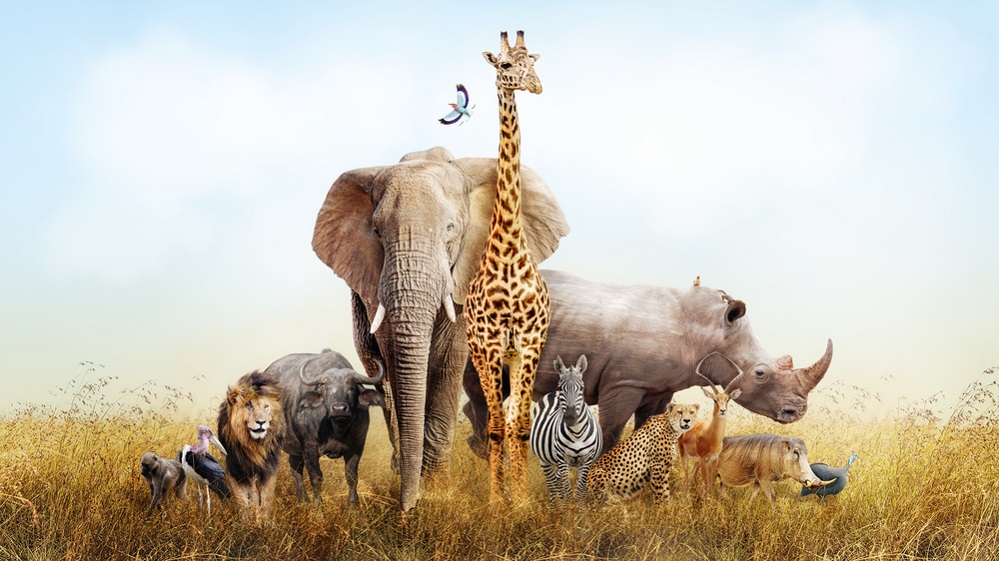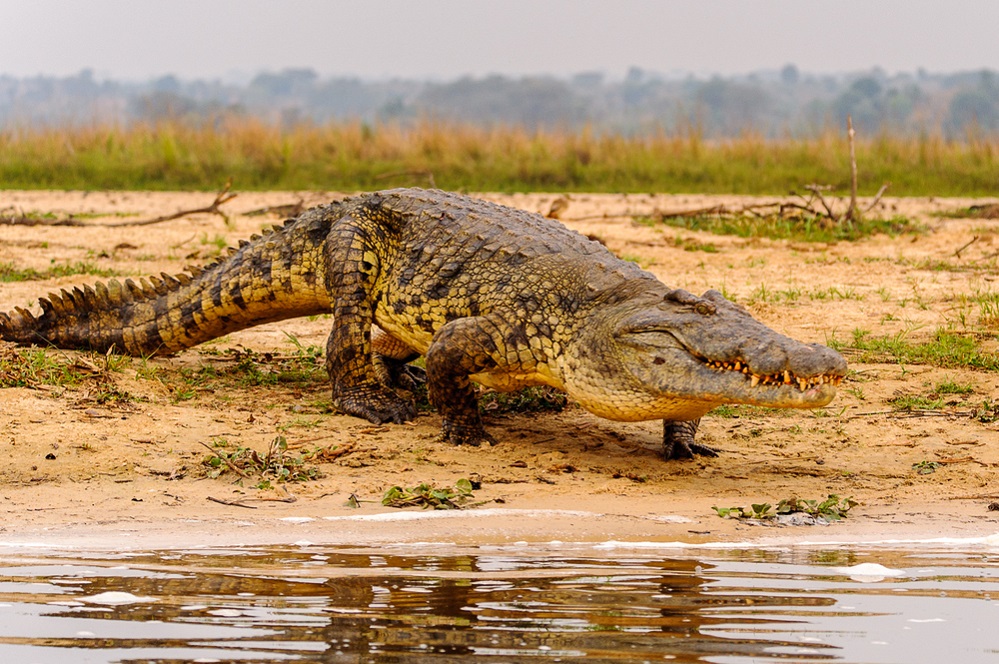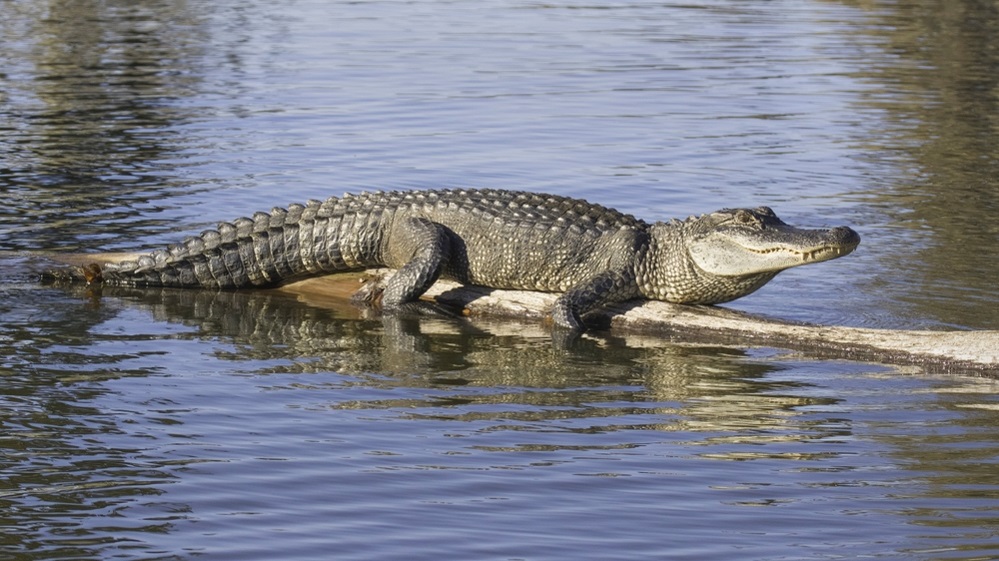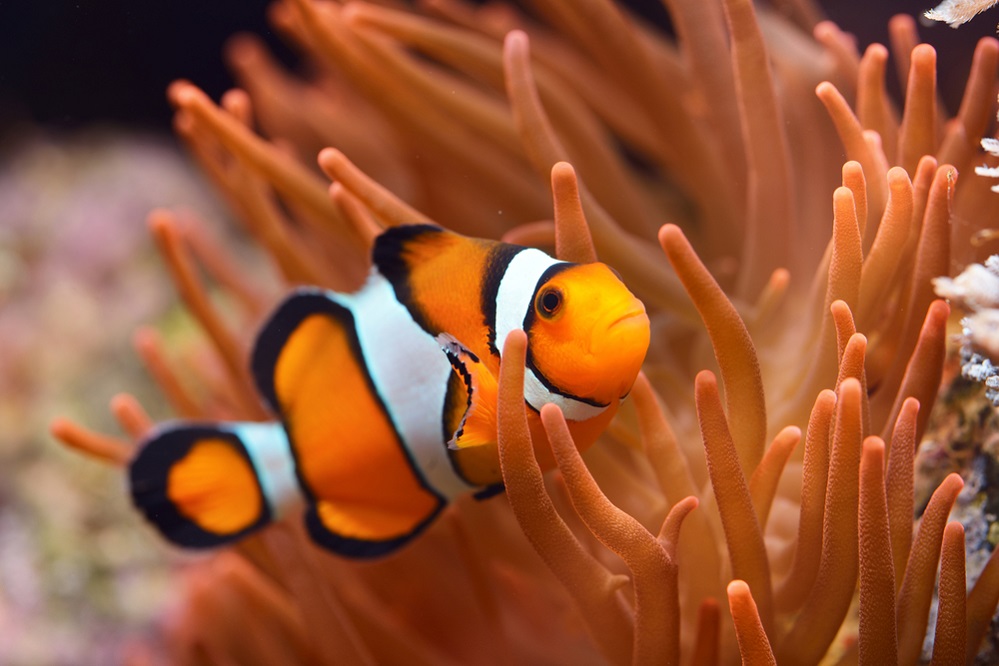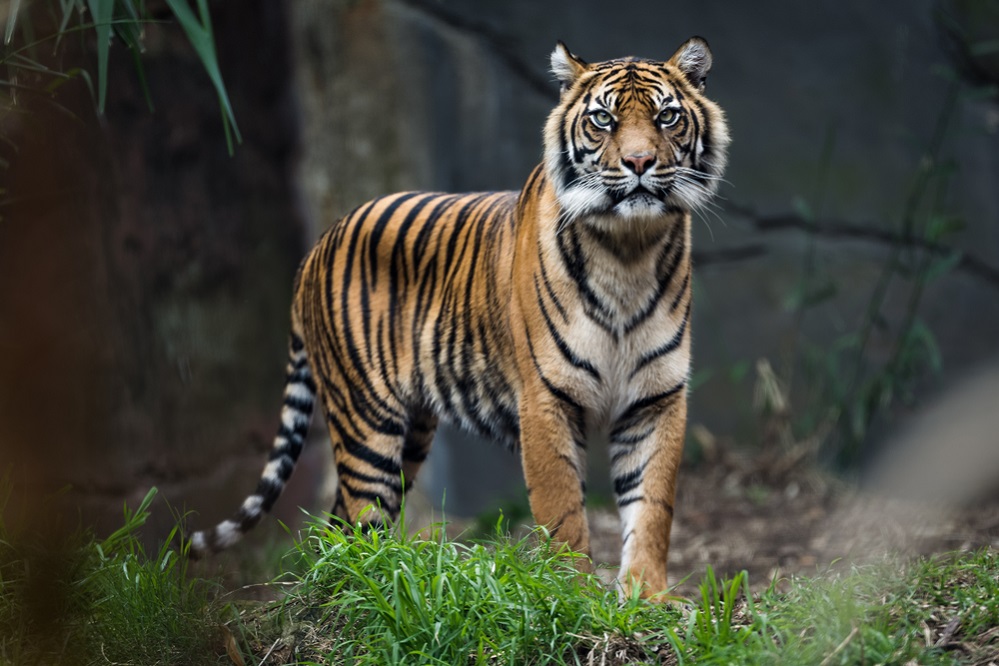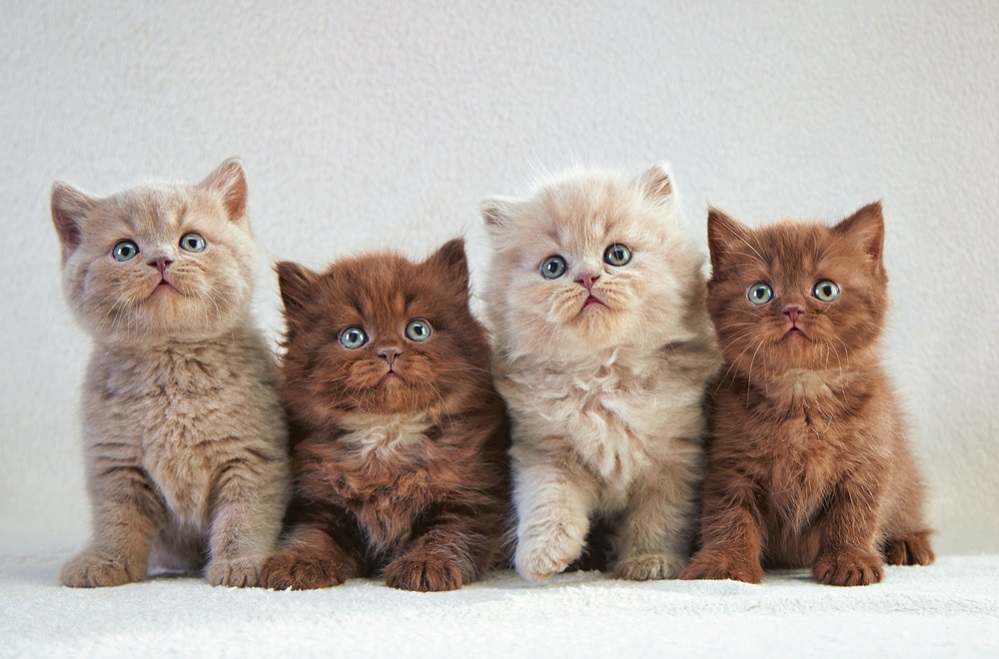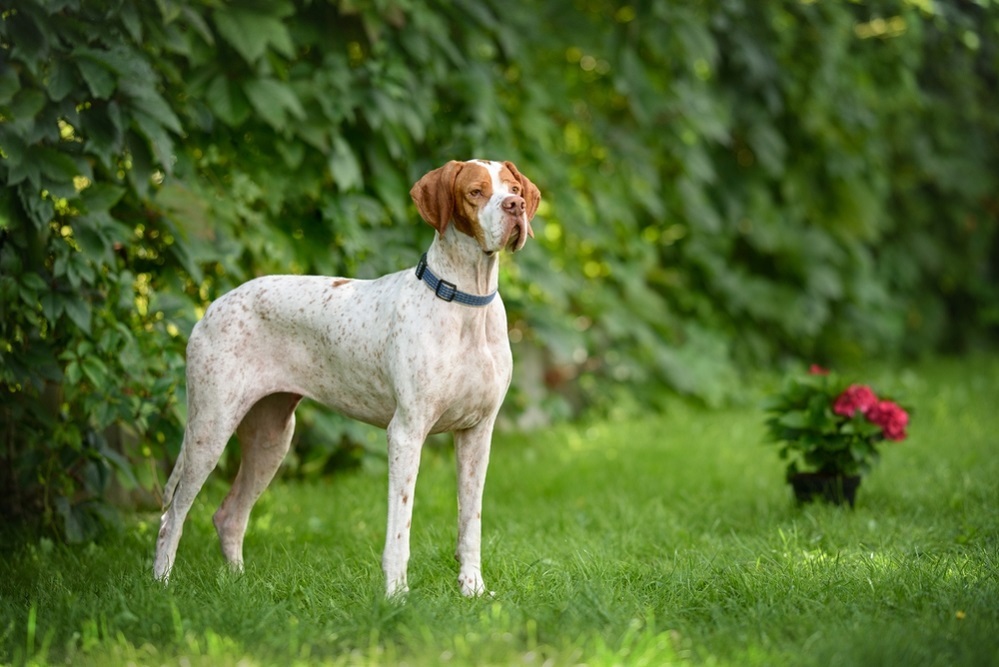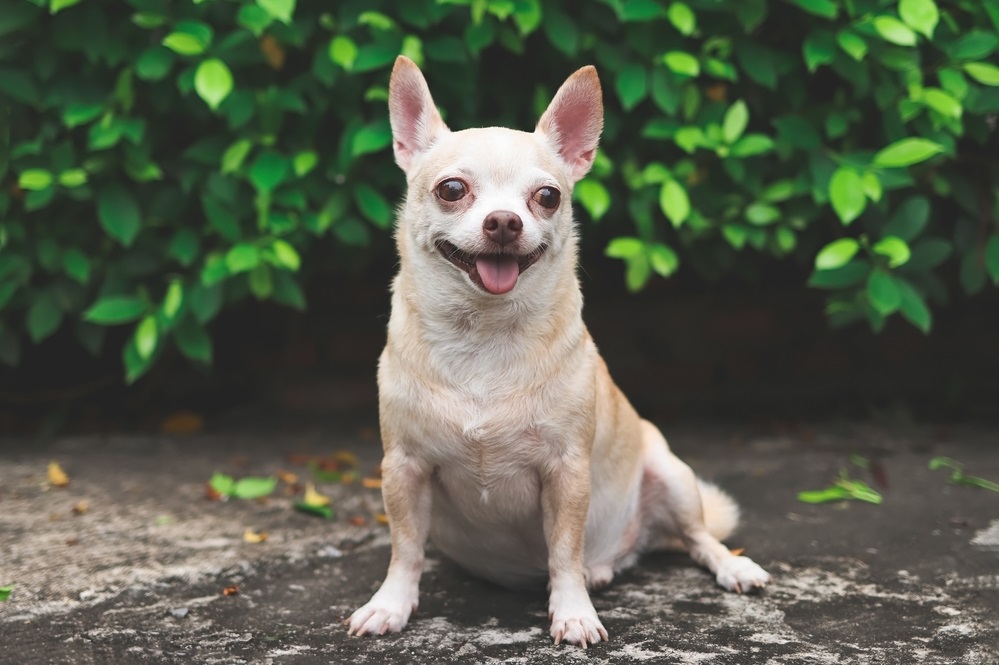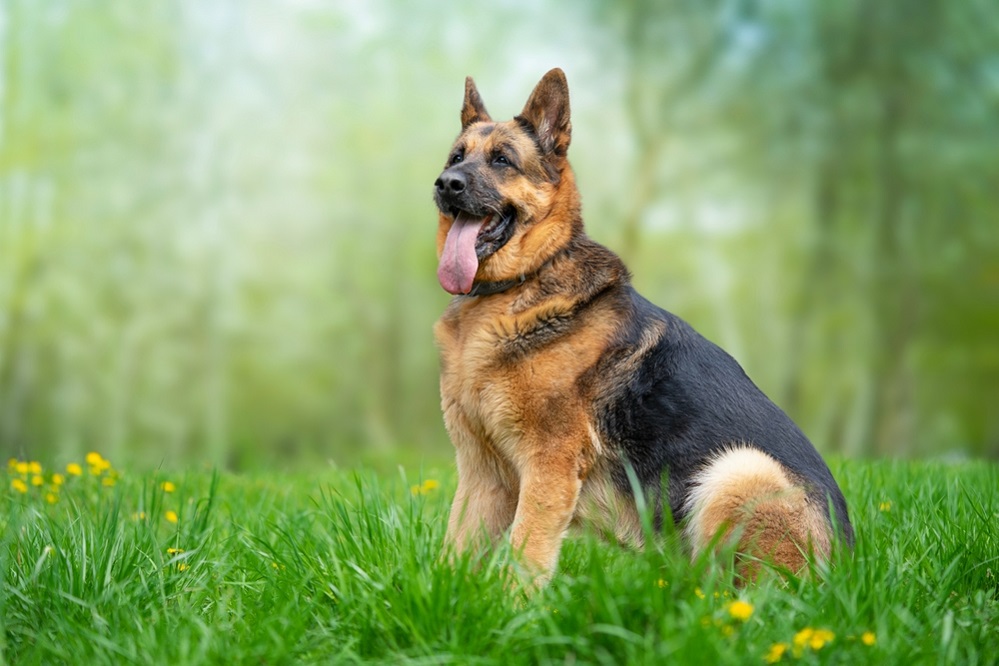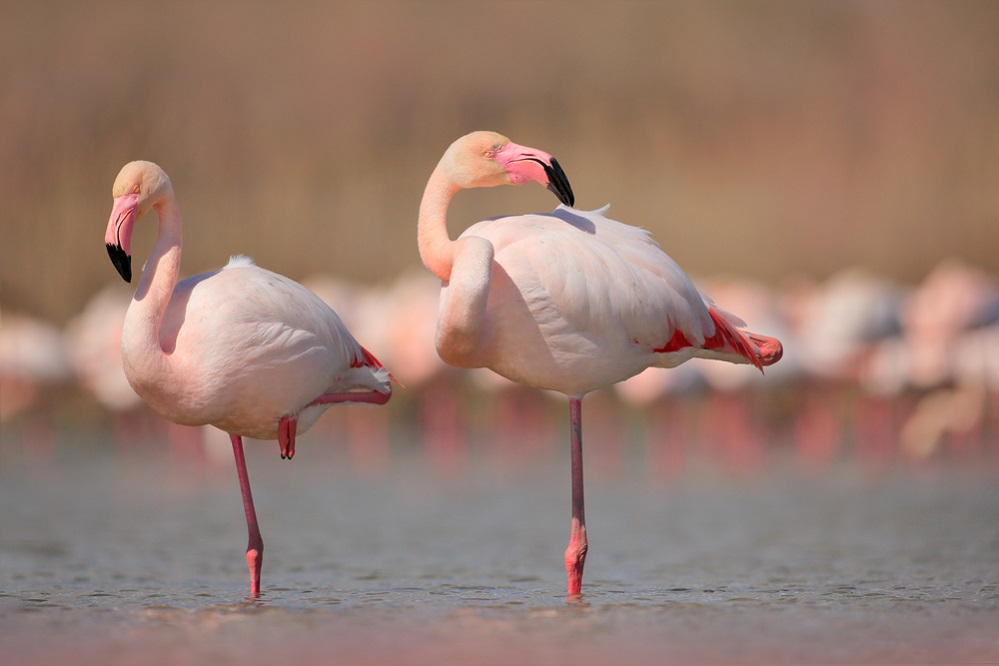Pugs are renowned for being exceptional companions who enjoy spending time with their human counterparts. With their distinctive features including large, bulging eyes, curly tails, wrinkled faces, and almost square-shaped bodies, the Pug stands out as one of the most recognizable breeds worldwide, captivating the hearts of countless dog enthusiasts.
According to the American Kennel Club, the Pug holds the 28th position among the most popular breeds in the United States. These charming dogs thrive on love and reciprocate it generously, making them a delight to behold. Known for their friendly and affectionate nature, Pugs are classified within the toy group of dog breeds.
Bringing a Pug into your home ensures an abundance of laughter and affection, as they are dedicated to spreading joy and companionship to their owners.
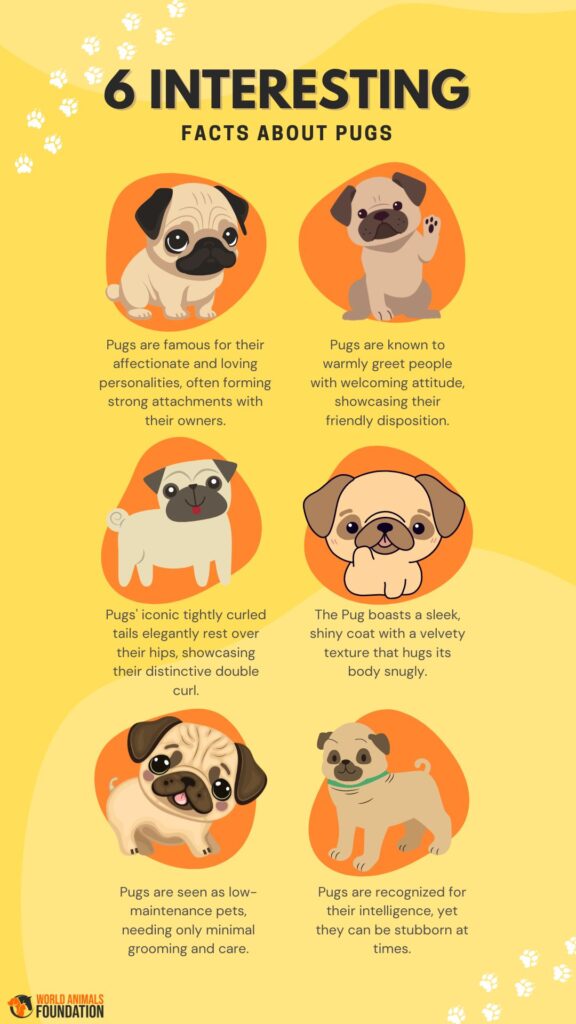
History
The Pug breed has its origins rooted in ancient China, dating back over 2,000 years, notably during the Han Dynasty (206 BCE – 220 CE). Descended from a blend of small Chinese breeds, potentially with influences from Tibetan Mastiffs, Pugs garnered high esteem for their loyal and affectionate disposition.
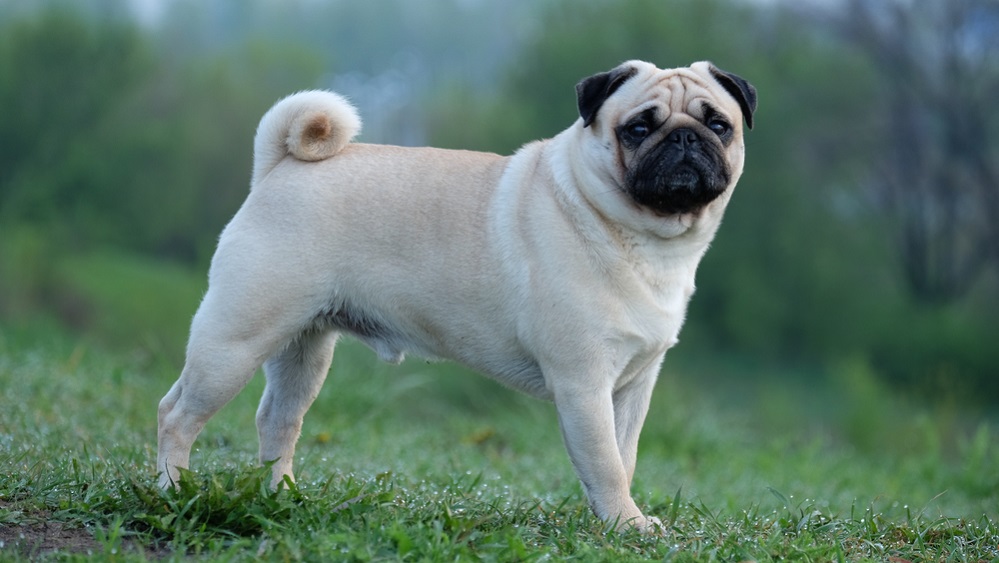
During the 16th century, Pugs made their journey from China to Europe, where they earned the esteemed position of the official dog of the House of Orange, the ruling family of the Netherlands. This led to their rapid rise in popularity, first in the Netherlands and subsequently in England, where they became cherished pets within royal households.
The introduction of Pugs to the United States followed the Civil War, with the breed gaining recognition from the American Kennel Club in 1885. In 1931, the Pug Dog Club of America was established, further solidifying the breed’s status. Notably, Queen Victoria of England was an ardent admirer of Pugs, contributing to their enduring popularity over the centuries.
During the Victorian era, Pugs experienced a surge in popularity, often depicted in various artworks, including paintings, postcards, and figurines. Frequently adorned with wide decorative collars or large bows around their stout necks, Pugs became iconic symbols of charm and elegance during this period.
Today, their allure continues to captivate dog lovers worldwide, maintaining their status as beloved companions with a rich history and endearing charm.
Appearance of Pug
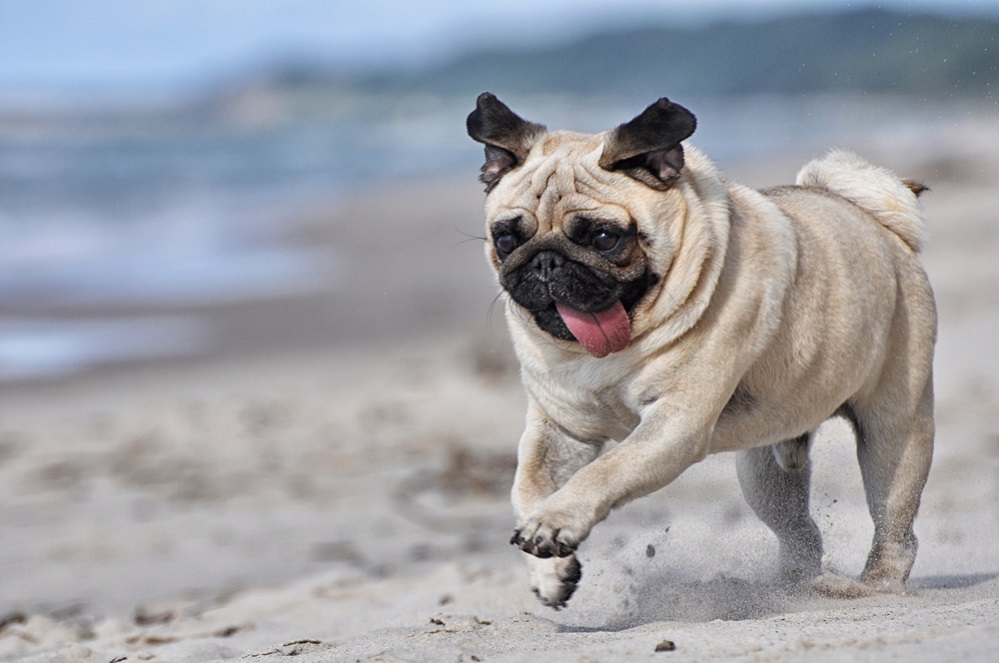
Pugs have large, rounded heads adorned with prominent, expressive eyes that radiate warmth and affection. Their eyes, often likened to having a “melting” quality, possess a deep, soulful darkness. The nose of a Pug is uniformly black. Their ears are petite and delicate, typically forming a rose-like shape. Their muzzles are short and squarely shaped, gently pushed in, lending to their unique facial structure.
The coat of a Pug is sleek, short, and shiny, with a velvety texture that lies close to the body. Although fawn is the most common color, Pugs also come in variations of black, silver, and apricot.
An iconic feature of the breed is the tightly curled tail, which elegantly rests over the hip, showcasing the distinctive double curl characteristic of Pugs. Despite their diminutive stature, Pugs possess a robust and muscular build, with broad and deep chests.
Typically standing between 10 to 13 inches tall and weighing in the range of 14 to 18 pounds, Pugs exude charm, warmth, and amiability through their overall appearance.
Facts
Here are some interesting facts about pugs:

- Pugs are recognized for their unique sounds, including snorting, snuffling, and grunting noises.
- Pugs are considered low maintenance dogs, requiring relatively minimal grooming and care.
- The average lifespan of a Pug ranges between 12 to 15 years.
- Pugs boast a rich history tracing back more than 2,000 years to ancient China.
- Queen Victoria of England showed a deep affection for Pugs, significantly contributing to their popularity during the Victorian era.
- Pugs are classified within the brachycephalic category of dog breeds due to their characteristic short skulls and flattened faces.
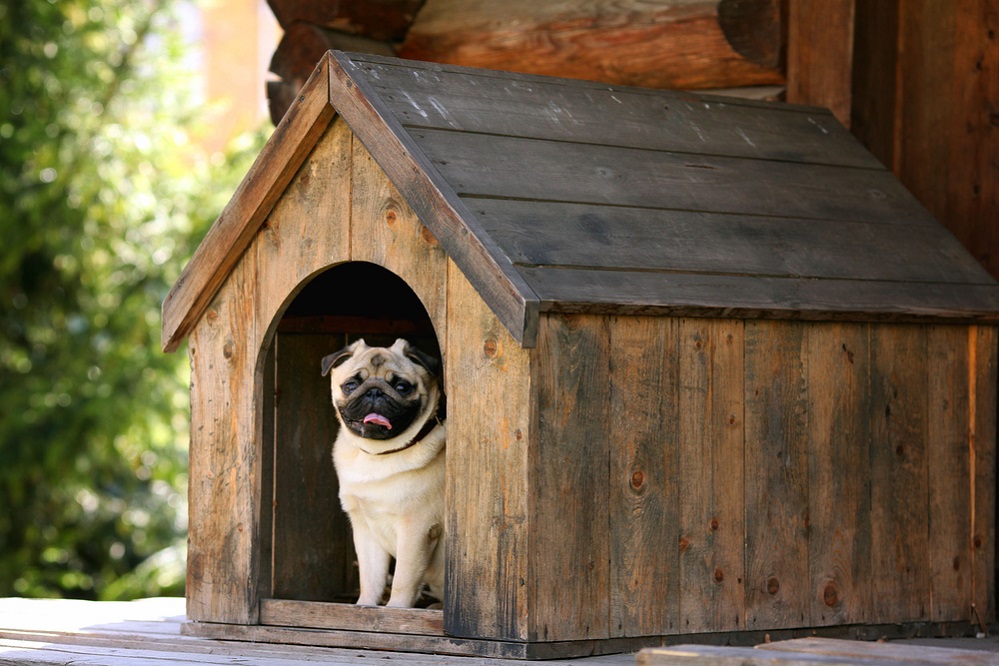
- Pugs are known for their intelligence, although they can also exhibit stubborn tendencies.
- “Patrick the Pug” is a heartwarming British family comedy featuring an endearing pug named Patrick, bringing joy to the life of the protagonist, Sarah.
- The Pug breed gained global recognition through the film “Men in Black” (1997), where a rescue Pug named Mashu portrayed the wise-cracking alien character, Frank.
- Doug the Pug has risen to fame as a celebrity pug, amassing over 18 million followers collectively across various social media platforms.
- At the 2004 World Dog Show, the prestigious Best in Show award was claimed by Double D Cinoblu’s Masterpiece, a remarkable Pug.
- A group of Pugs is known as a “grumble.”
Characteristics
Certainly! Here are the characteristics of Pugs:
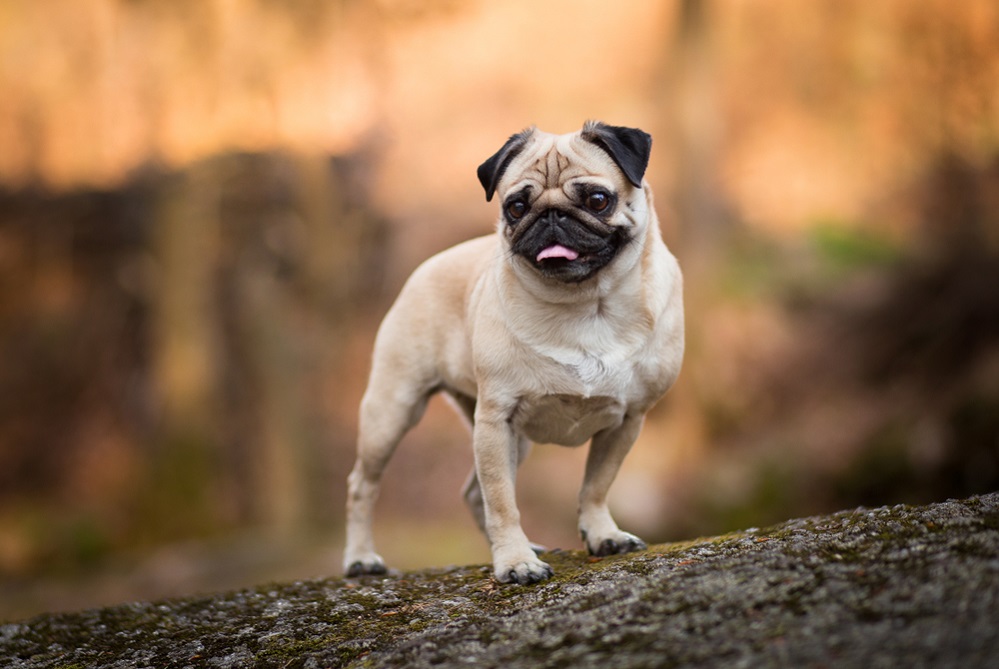
- Pugs are celebrated for their affectionate and loving demeanor, often forming strong bonds with their owners.
- Despite their small size, Pugs exude a playful and sometimes mischievous attitude, enjoying games and activities with enthusiasm.
- Pugs typically display a friendly and sociable nature, readily interacting with people of all ages and other pets in a harmonious manner.
- Pugs commonly greet unfamiliar individuals with wagging tails and an open, welcoming attitude.
- Pugs forge deep connections with their owners, showcasing unwavering loyalty and a preference for being in close proximity to them.
- Pugs demonstrate adaptability to various living environments, including apartments or larger homes, provided they receive ample love and attention.
- While Pugs delight in moments of play and short strolls, they are not excessively energetic dogs and are content with moderate levels of physical activity.
Temperament and Behavior
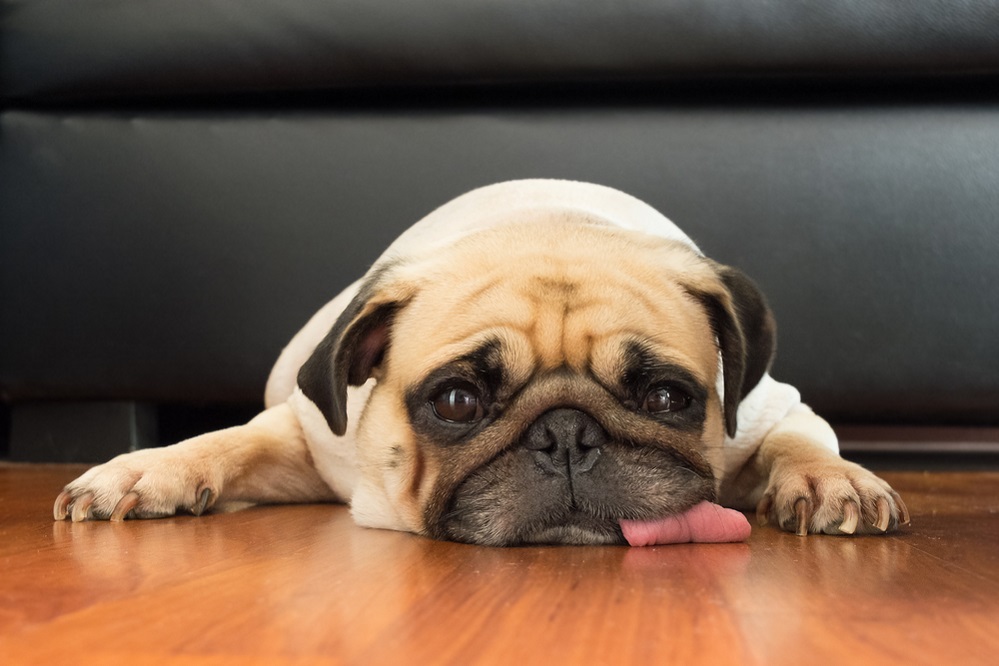
The personality of the Pug is often described by the Latin phrase “multum in parvo,” which translates to “much in little.” Bred as affectionate companions, Pugs have an innate desire to spend quality time with their owners, whether engaging in play, exercise, or simply lounging indoors.
Generally, Pugs exhibit compatibility with children and other pets, displaying patience and gentleness, and often relishing playtime with kids. Pugs demonstrate adaptability to various living situations, thriving in both apartments and houses, and exhibiting resilience in different climates.
Renowned for their humorous and playful demeanor, Pugs take pleasure in amusing their owners and eagerly participate in activities. Friendly by nature, they warmly interact with both familiar faces and strangers, their sizable personalities endearing them to individuals of all ages.
While generally calm, Pugs may vocalize occasionally, particularly when seeking attention or expressing their feelings. They prefer not to be separated from their loved ones for extended periods, displaying a desire to partake in their owners’ endeavors. Additionally, Pugs exhibit a fair level of vigilance, making them suitable watchdogs within the household.
Pug Care
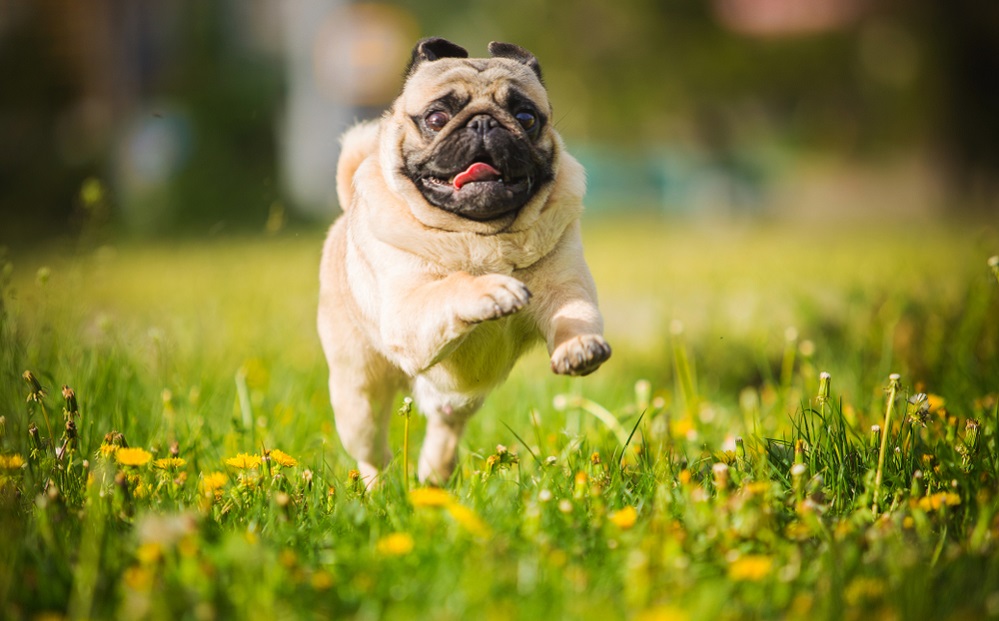
Ensure your Pug receives a high-quality, well-balanced diet suitable for their age, size, and activity level, avoiding overfeeding to prevent obesity. Puppies require approximately one cup of food daily, while adult Pugs typically need around one and a half cups divided into two meals. Utilize our “Dog Calorie Calculator” to determine the appropriate daily calorie intake for your pet.
Despite their moderate energy levels, daily exercise is crucial for Pugs to maintain a healthy weight and mental stimulation. Short walks, play sessions, and engaging toys are beneficial activities.
Regular veterinary check-ups are essential to monitor your Pug’s health, administer vaccinations, and address any health issues promptly.
Due to their sensitivity to heat, ensure your Pug has access to plenty of fresh water and shade during hot weather. Avoid strenuous exercise during these times to prevent overheating.
Start socializing your Pug at a young age to ensure they are comfortable and well-behaved around people and other pets.
Spend quality time with your Pug to provide them with companionship and mental stimulation, keeping them content and fulfilled.
Grooming
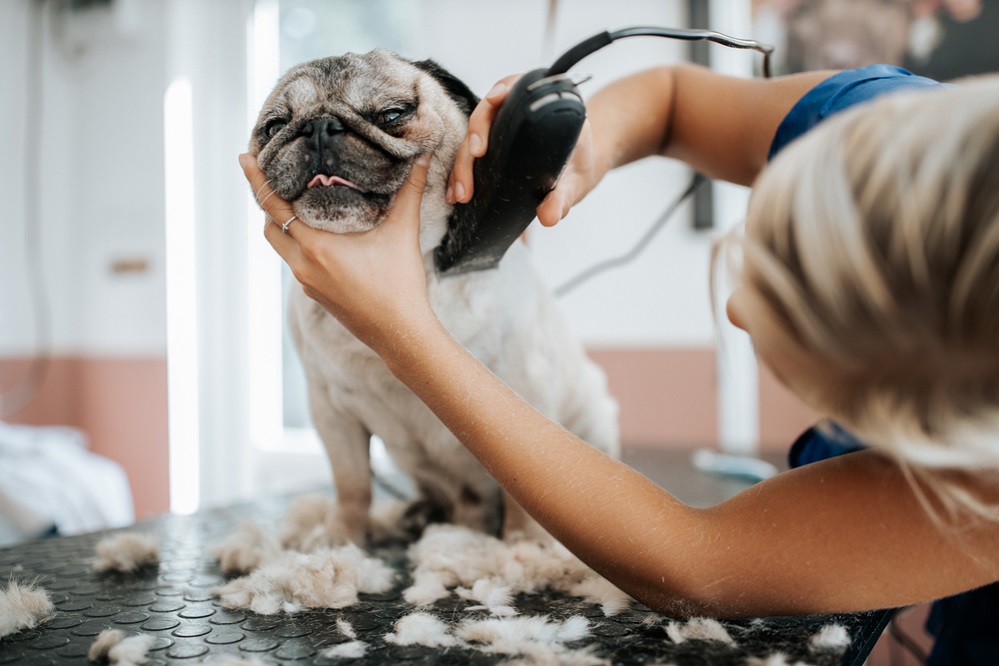
Pugs are considered low maintenance in terms of grooming, although they do shed consistently throughout the year, unlike many other breeds that shed primarily in the fall and spring. Apart from managing shedding, grooming a Pug is relatively straightforward.
- Regular brushing is essential to remove loose hair, minimize shedding, and keep the coat healthy. Use a soft-bristled brush or grooming mitt to gently brush your Pug’s coat.
- Bathing your Pug as needed, typically every 4-6 weeks, with a mild dog shampoo is recommended to keep them clean and smelling fresh.
- Regular cleaning of your Pug’s ears with a veterinarian-approved ear cleaner is necessary to prevent wax buildup and potential ear infections.
- The facial wrinkles of Pugs require special attention to prevent irritation and infection. Clean them regularly with a damp cloth or specialized dog wipes.
- Trimming your Pug’s nails regularly is important to maintain a comfortable length and prevent discomfort or issues associated with overgrown nails.
- Maintaining good dental hygiene is crucial for Pugs. Regular brushing of their teeth with a dog-specific toothbrush and toothpaste, along with dental treats and toys, helps promote healthy teeth and gums.
Health Concerns
Here are some common health issues that Pugs may face:
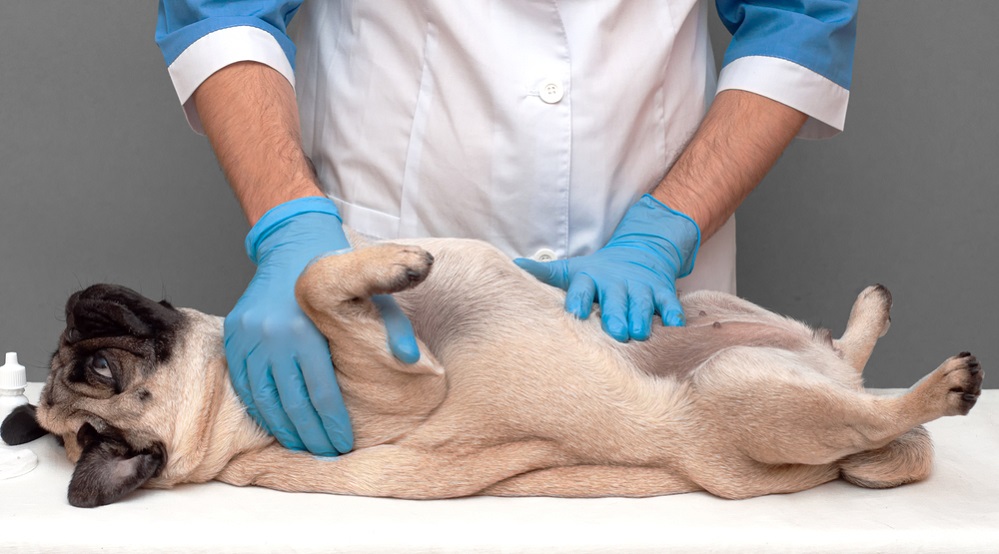
Brachycephalic Syndrome: Pugs have a predisposition to respiratory issues like brachycephalic obstructive airway syndrome (BOAS) due to their flat faces and shortened airways.
Dental Problems: Pugs may encounter dental issues such as periodontal disease, tooth decay, and misalignment because of their compacted teeth and shortened muzzle.
Skin Infections: The facial wrinkles and folds of Pugs can trap moisture and debris, potentially leading to skin fold dermatitis and bacterial infections.
Hemivertebrae: Certain Pugs may be born with abnormal vertebrae in their spine, which can result in spinal cord compression and neurological complications.
Patellar Luxation: This condition involves the dislocation of the kneecap (patella), causing discomfort and lameness. While mild cases may be managed with medication, severe cases might necessitate surgical intervention.
Obesity: Pugs are prone to overeating and weight gain, which can result in obesity-related health issues like joint problems, diabetes, and heart disease.
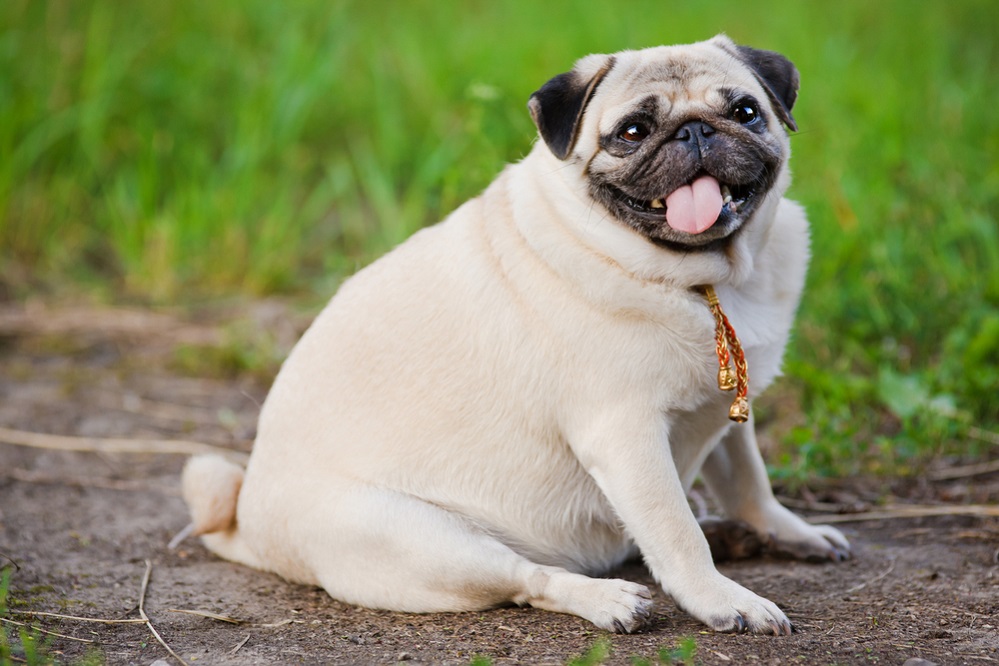
Hip Dysplasia: Pugs may inherit this hereditary condition where the hip joint doesn’t form properly, leading to pain, lameness, and arthritis.
Eye Disorders: Pugs are prone to various eye ailments such as corneal ulcers, dry eye (keratoconjunctivitis sicca), and progressive retinal atrophy (PRA).
Overheating: Due to their brachycephalic anatomy, Pugs struggle to regulate their body temperature, making them susceptible to heatstroke.
Allergies: Pugs may develop allergies to environmental factors like pollen, dust, and certain foods, often presenting symptoms like itching, scratching, ear infections, and skin irritation.
Cheyletiella Dermatitis: This skin condition, caused by a tiny mite, can lead to heavy dandruff, particularly along the back. Veterinary attention is necessary if observed.
Yeast Infection: If a Pug exhibits a foul odor, itchiness, and blackened, thickened skin, it may be indicative of a yeast infection, requiring veterinary assessment.
Pug Puppies
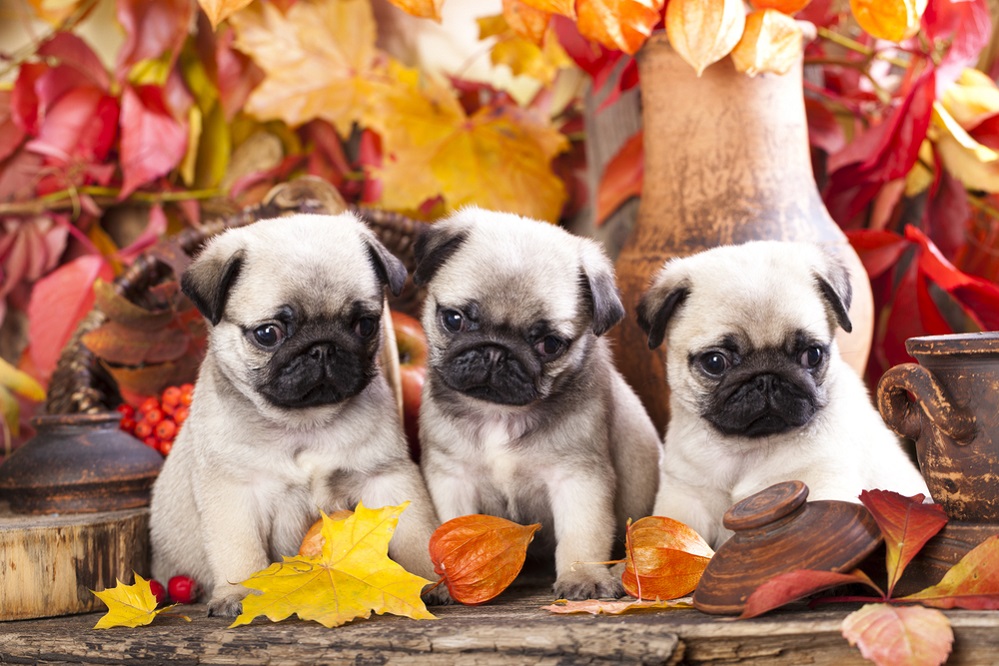
Pug puppies are irresistibly charming, boasting wrinkled faces, large expressive eyes, and lively personalities. Although small in stature, they undergo rapid growth, transitioning from delicate newborns to robust, muscular pups within a few months.
Their curiosity leads them to explore their environment, engage with littermates, and revel in playtime with toys. Known for their intelligence and eagerness to please, Pug puppies are relatively trainable.
It’s imperative to closely monitor their development, promptly addressing any health issues, and ensuring a balanced diet. Central to their well-being is the affection and companionship they receive from their owners, fostering strong bonds and joyful interactions through cuddles and play.
FAQs
What is the average lifespan of a Pug?
The average lifespan of a Pug is typically between 12 to 15 years.
What is the typical price range for Pugs in the US?
The price range for adopting a Pug typically falls between $350 and $550, while purchasing one may range from $2,000 to $6,000.
Do Pugs shed a lot?
Yes, Pugs do shed year-round.
Are Pugs considered intelligent dogs?
While Pugs may not rank as the most intelligent breed (like Golden Retriever or Labrador Retriever), they are known to be intelligent and trainable.
Do Pugs have health issues?
Yes, Pugs are prone to certain health issues such as respiratory problems, eye issues, skin fold infections, and obesity.
Do Pugs get along with other pets?
Yes, Pugs are typically friendly and sociable dogs that get along well with other pets.
Are Pugs good for first-time dog owners?
Yes, Pugs can be good pets for first-time dog owners due to their friendly nature and relatively low maintenance care needs.
Do Pugs exhibit aggressive behavior?
Pugs are generally not known for being aggressive. They are friendly and sociable dogs, however, like all dogs, individual temperament can vary.
Final Words
Pugs epitomize the saying “big things come in small packages.” With their charming looks, affectionate nature, and playful disposition, Pugs have won the hearts of dog enthusiasts worldwide.
Whether amusing us with their playful antics or cuddling up beside us on the sofa, Pugs bring boundless joy and laughter into our lives. They serve as a gentle reminder to savor life’s simple pleasures, treasure each moment, and approach every day with a wagging tail and an affectionate lick.
In the vast realm of the canine world, Pugs occupy a special niche. Their delightful temperament and endearing appearance make them an irresistible breed. Providing them with ample attention, love, and companionship is vital for their overall well-being and contentment.


